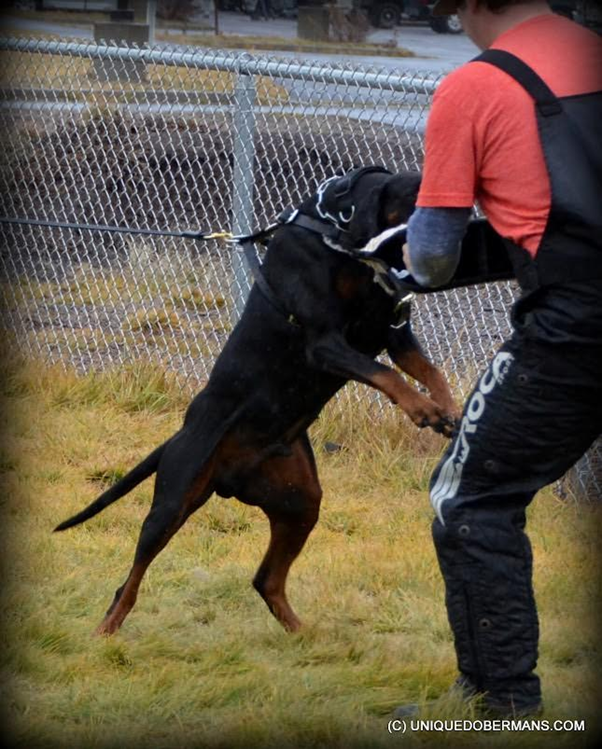Temperament & Behavior: Breeder's Tools
- ROI Mantra Global Analytics
- Aug 15
- 3 min read

Introduction
A terrorist bomb has just exploded in a car outside a large federal building. Amidst the rubble and carnage are people buried alive. SAR teams… people and their dogs are called in to locate the survivors and cadavers.
Across town, a suspicious-looking man in a vehicle seen moments ago trailing that bomb car has just run a red light. The Police/Canine unit gives chase. The man jumps out of his car and runs. The man sends his dog, who chases, catches, and slams into the fleeing suspect, bringing him down. The dog grasps the man’s arm and holds him in a vise-like grip until the policeman arrives and arrests him.
Dogs, such as those depicted in the vignettes, are BORN with the aptitude to do the work, then they are TRAINED to excel at it. The behavioral traits necessary to achieve such dogs can be strongly influenced by breeding… selection for specific instincts and drives, which have been demonstrated to be genetic in nature. They can be selected just as carefully and with forethought as we select traits for outstanding conformation.
First Some Myths and Facts
Myth: High-drive dogs are impossible to live with. They are too hyper. Fact: Drive only applies to dogs when engaged in work to satisfy those drives. A high-drive dog can either be hyper or laid back when not working… depending on his genetic predisposition.
Myth: Dogs trained to do protection work are vicious and untrustworthy. Fact: A dog trained to reliability in protection work must be anything BUT vicious. In my scenario above, a dog chases, takes down, and holds a suspect. He doesn’t attack him, try to kill him, or savage him. A dog who’s vicious by nature could never be trained for this work. A protection or police dog is a high-drive, under-control dog, not a savage killer.

What Traits Should a Working Doberman Possess?
Strong prey drive
Strong pack drive/social attraction
Strong play drive
Strong defense drive, but moderate threat/suspicion threshold
Tenaciousness, especially when engaged in mock combat
Stability
Bounce-back or rapid recovery from stressful situations
Solid nervous system, with almost no sight or sound sensitivity
High degree of alertness to the environment, with an innate ability to recognize things that are “out of the pattern”
Aloof to outgoing personality (mild distrust of strangers is allowable, depending on owner’s lifestyle)
Strong desire to use paws and mouth when investigating things
Keen scenting desire, leading to a “deep nose” in tracking/trailing
Willingness to work — sees work as fun, not stress
The Breed Standard says “energetic, watchful, determined, alert, fearless, loyal, and obedient… with no trace of shyness or viciousness.” It goes on to say that a belligerent attitude toward other dogs is not to be deemed viciousness.
Note: Dog aggression is unsatisfactory in a working dog. Intolerance for other dogs often runs in families, so be on guard for this. There is also a strong environmental/training influence on this.
So What Tools Do We as Breeders Have?
Puppies
The primary tool is observation over time — especially from 6 weeks to 3 months.
Puppy Tests:
Social Attraction
Following Attraction
Tug-of-War
Fetch Test
Separation/Dependence (“V barrier”)
Various dominance/submissiveness tests
Novelty tests — sounds, sights, smells
Adults
The best tool for determining temperament in adults is what they teach you when you train them. Obedience, Agility, Tracking, tricks classes, protection work, Schutzhund — of them all, protection sports are probably the best.
Adult Tests: The primary test we have in DPCA is the WAE. It tests stability, reaction to novelty, bounce-back from stress, defense drive, suspicion level, and degree of outgoingness.
The WAE is scored on a sliding scale based on the strength of approach or avoidance to specific stimuli.
+3: Strong approach reaction
-3: Strong avoidance reaction
0: No measurable response
Ideal Responses:
Gunshot: Very mild acknowledgement or no discernible response (absence of gun shyness)
Hidden Clattering & Umbrella Test: Curiosity and willingness to investigate
Neutral/Friendly Strangers: Absence of aggression; mild aloofness to outgoing
Footing Test: Willingness to cross unusual surfaces
Threat Test: Curiosity at crossing stranger → alertness → self-defense upon threat presentation
Breeding Strategies
Double up on virtues
Breed away from faulty behavior (if likely genetic — tendencies run in families)
Get involved in training your dogs (not just showing)
Take the WAE cold (no prior conditioning) to get true evaluation data




Comments